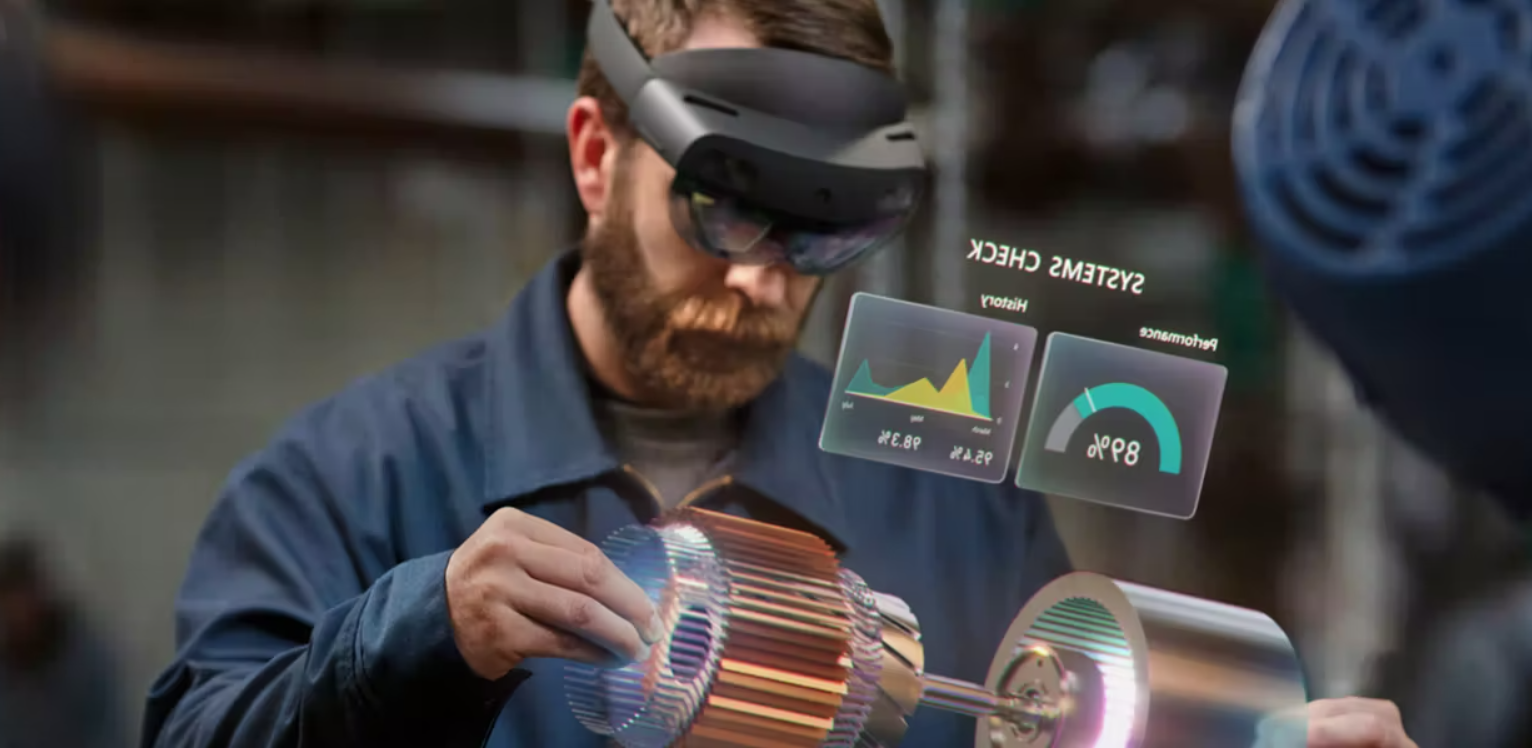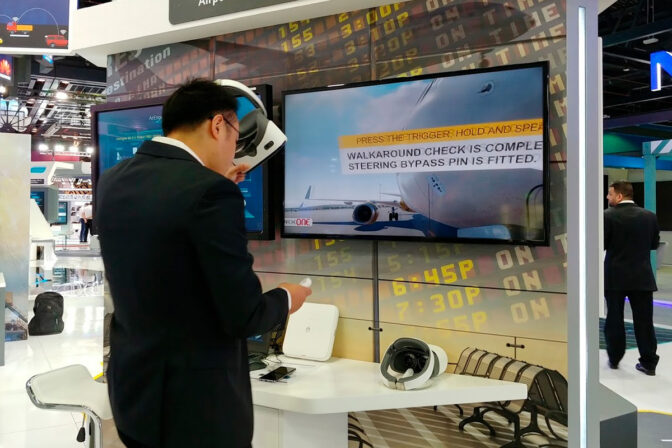Direct call

Training with XR technologies
The implementation of XR technologies in training and education programmes is a rapidly growing trend that offers significant benefits for both businesses and employees. With Virtual Reality (VR), Augmented Reality (AR) and Mixed Reality (MR) solutions, XR training enables the creation of immersive and realistic environments in which employees can develop skills and acquire knowledge in a more efficient and engaging way.
Transform your team's training with XR technologies, providing immersive, personalised learning experiences that drive business success.
XR training provides a hands-on, personalised learning experience, where users can experience real-life situations and learn from their mistakes without negative consequences. In addition, these solutions facilitate remote training and reduce training costs, providing companies with a valuable tool to improve employee performance and ensure long-term success.

Benefits of XR training
Increased retention of acquired concepts
- Immersive and engaging learning that improves retention
- Practical and personalised training in realistic environments
- Reducing training and distance learning costs
- Improving employee performance and business success
What types of training are most suitable for implementing XR technologies?
XR technologies are particularly effective in areas such as technical skills training, safety, maintenance, customer service and simulations of real-life situations, although they can be applied to a wide variety of fields.
How are Training XR solutions tailored to the specific needs of a company?
XR Training solutions can be customised to the needs of each company, developing specific environments and scenarios to suit learning objectives and business characteristics.
Is it necessary to have special equipment to implement Training XR in a company?
Depending on the solution, Virtual Reality or Augmented Reality devices may be required. However, some Training XR solutions can be accessible through mobile devices, tablets and conventional computers.
How do you measure the success and effectiveness of Training XR solutions?
The success of Training XR solutions can be measured by evaluating employee progress and performance, comparing results with traditional training methods, and gathering feedback from users to make continuous improvements to the programme.

